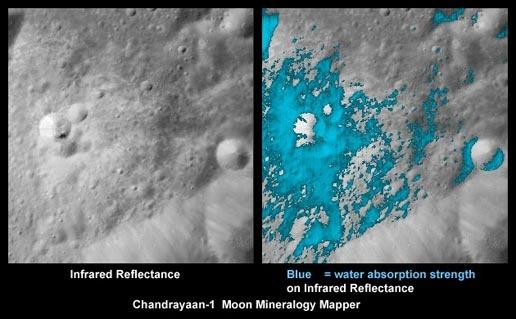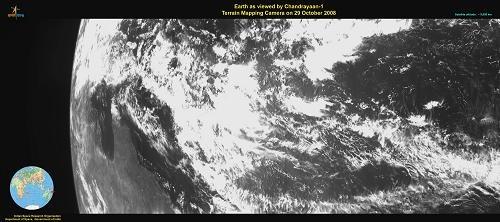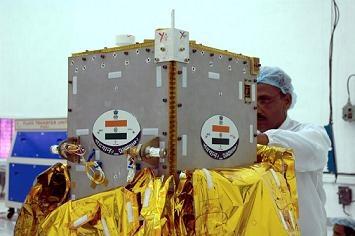Chandrayaan-1 may have met premature death, but the mission has met 90 to 95% of its scientific objectives. Chandrayaan’s high-resolutions cameras have sent over 70,000 digital images of the lunar surface including pictures of mountains, craters, and the permanently shadowed area of Moon’s polar region.
The mission is abruptly ended but all the data was downloaded from the spacecraft o n a regular basis and no scientific data is lost. John Yembrick, public affair officer (space operations) NASA headquarters, said, "NASA has obtained an abundance of data during our operations. Work is on to analyze that information."
The reason of termination of Chandrayaan-1 is now known that this was because of a miscalculation of the Moon’s temperature that had led to faulty protection.
Dr T K Alex, director, ISRO Satellite Centre, Bangalore, said, "We assumed that the temperature at 100km above the Moon’s surface would be around 75 degrees Celsius. However, it was more than 75 degrees and problems started to surface. We had to raise the orbit to 200km."
The average day temperature on the Moon’s surface is 107 degrees Celsius, while the mid night temperature is -153 degree Celsius.
On May 19, 2009 Chandrayaan-1’s orbit had raised to enable further studies on orbit perturbations, gravitational field variation of the Moon and also enable imaging of the lunar surface with a wider swath.
The heating problem on the craft had begun as early as November 25, 2008, forcing ISRO to deactivate some of the payloads - there were 11 in all. As a result, some of the experiments could not be carried out.
In early 2009, the situation improved and Chandrayaan-1 started operating normally. However, this time two star sensors got problem because of high temperature. These sensors were crucial in determining the orientation of the craft in space. The first star sensor packed up on April 26, and even the back-up sensor failed during the second week of May.
On August 29, 2009, ISRO lost radio contact of Chandrayaan-1. At the end, the mission was terminated on August 30, 2009 by the officials of ISRO.
Despite failure, Chandrayaan-1 has accomplished 95% result. Other countries are also satisfied with the result of mission Chandrayaan-1. The mission Chandryaan-1 is helpful for the Chandrayaan-2. Its strength and weakness is guidelines for Chandrayaan-2.
Last Updated ( Monday, 27 December 2010 07:10 )


